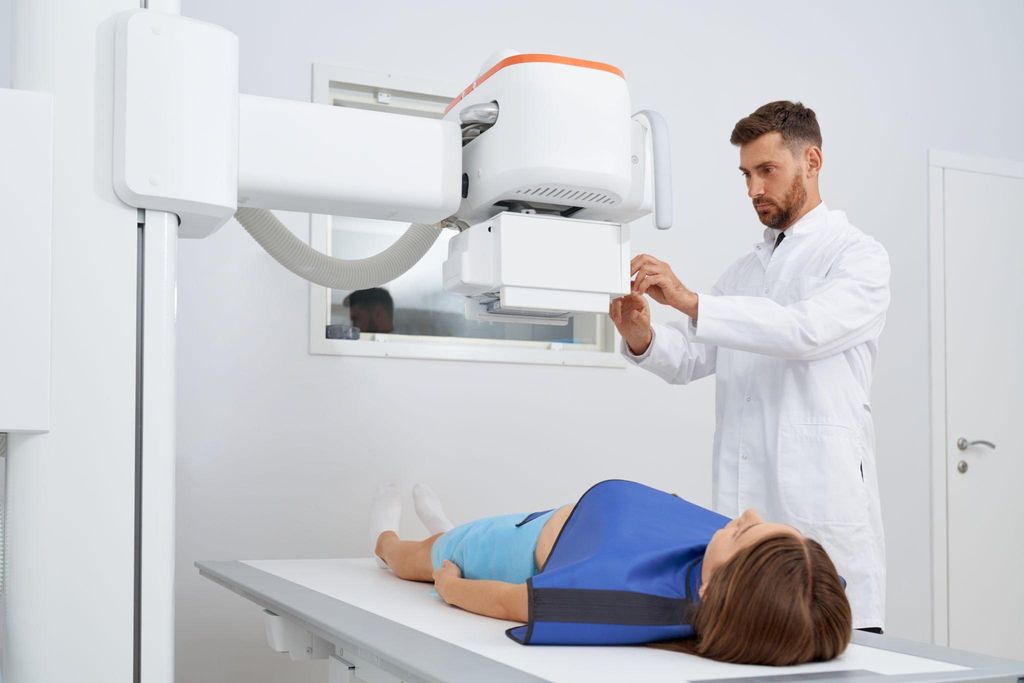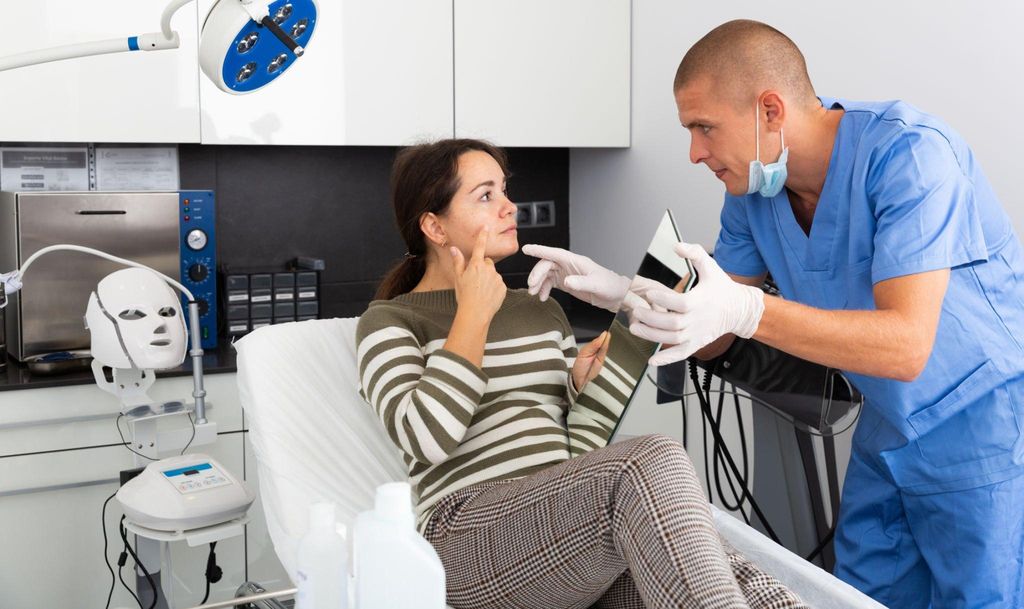Summary
The article describes a case of difficult central line placement during the preparation for elective aortic bifemoral grafting. The right internal jugular vein was initially chosen for cannulation, but significant resistance was encountered while passing the guide wire.
Ultrasound was then used to identify that the cannula was placed medially in the vein, and under ultrasound guidance, the orientation of the cannula was adjusted laterally without removing it from the vein.
This adjustment allowed for the guide wire to be passed without resistance, facilitating the central line placement without further complications. The use of ultrasound helped locate the cannula position and address the difficulty in passing the guide wire, avoiding the need for alternative puncture sites and reducing the risk of complications.










